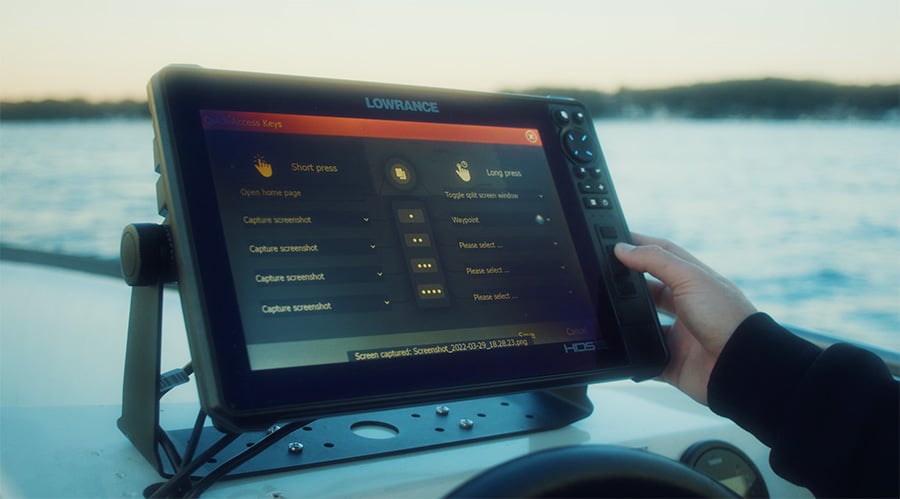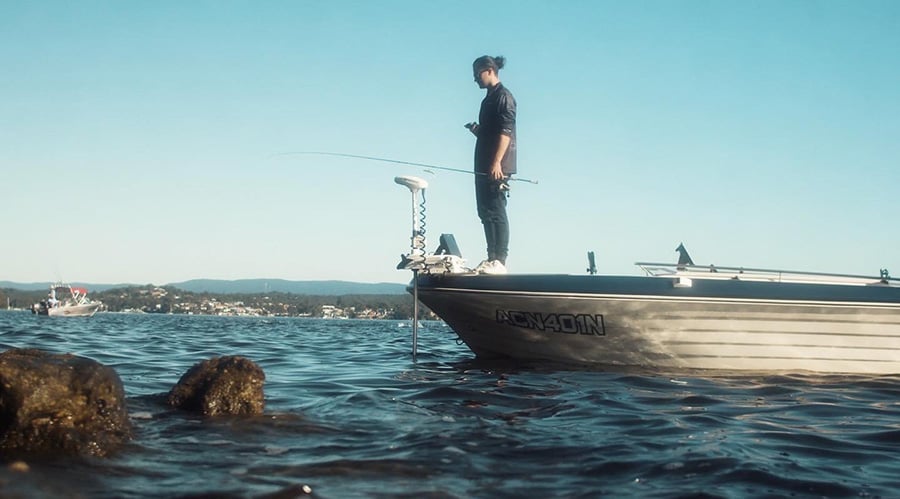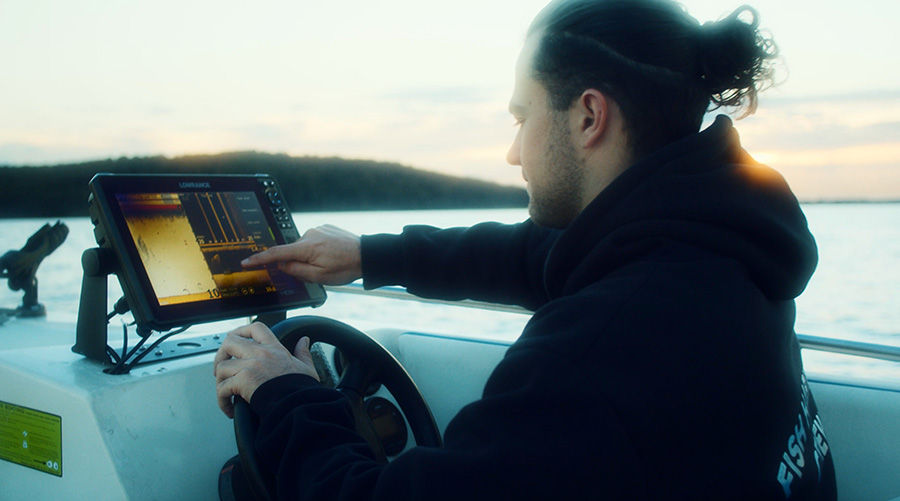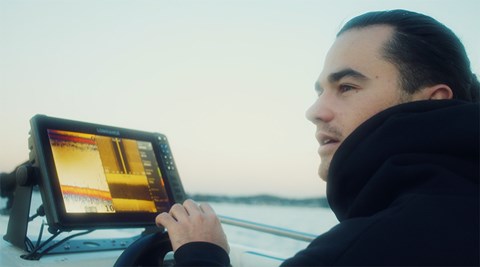Just how the sound of cicada’s buzzing in the trees offers a subconscious call that it’s time to go bass fishing in a local freshwater river system, the cool winter mornings on the central coast of NSW tell us that the bait schools are heading deep with predators not far behind.
It’s one aspect of fishing I love – that each month brings a new opportunity to test new gear, tie on new lures, and target new species. As we roll into July, my focus has turned to sounding the deeper waters of my local estuary, Lake Macquarie, in a bid to find two key indicators that I am on for a session: bait schools with big arches behind them.
This style of fishing isn’t for everyone. It requires patience to stare at a screen and scout new areas where bait might be sitting, constantly manoeuvring your boat to get on top of the mark, and hours of time on the water to find active fish. But that’s the reason I love it. For me, it captures the reason why I love fishing – finding a target, understanding the technology we have to help us capture that target, and then getting out there doing it.

The one aspect that has brought this style of fishing to the next level (well for me anyway), is the clarity, sensitivity, and detail that we are now offered when we purchase a Lowrance sounder – which for me is the 12inch HDS LIVE unit.
Eight years ago, this type of fishing was certainty still doable, don’t get me wrong. But nowadays, the advantage we have when we are looking for bait and trying to distinguish tailor from mulloway and bream from kingfish, is uncanny. If we can understand how to use this technology properly, then the only element left in the process of catching a fish is time on the water – something that no company will ever be able to assist us with.

When I turn on my Lowrance unit, the first thing I am looking to do is set up my pages display. For me, this isn’t something I ‘set and forget’. My pages is going to determine how much information I am going to be able to process when I am out on the water – without the correct page set up, I might be looking at the wrong screen. My general rule of thumb for this is:
- When looking for bait – SideScan, Maps and DownScan.
- When I have found bait and looking to determine what it is – DownScan and Traditional Sonar
- When I have found the spot I want to fish – DownScan.
You might ask, why the sudden changes, and rightly so. Essentially my thought process here is that as I get more confidence in the spot I am fishing, the less information I want to process and the more detail I want to have in the one screen.

So, if I know there is bait in the area (there might be birds around), then I want the get as much detail out of the bigger arches that pass through the sounder. This would mean I only need DownScan and maybe traditional sonar to help me out. Contrastingly, if I am looking for bait, then I want less of an idea what the predators are, and more of an idea as to how far, wide, deep and condense the bait is sitting - something I can use all my pages to help me with.
Sound confusing? Good. It should be. Fishing is not meant to be a walk in the park, which is partly the reason so many of us are addicted to it.
So next time you are out on the water looking for bait, play with your pages – so you know exactly what you like and when you like it.
I’ll see you on the water.
Bleakers.


















